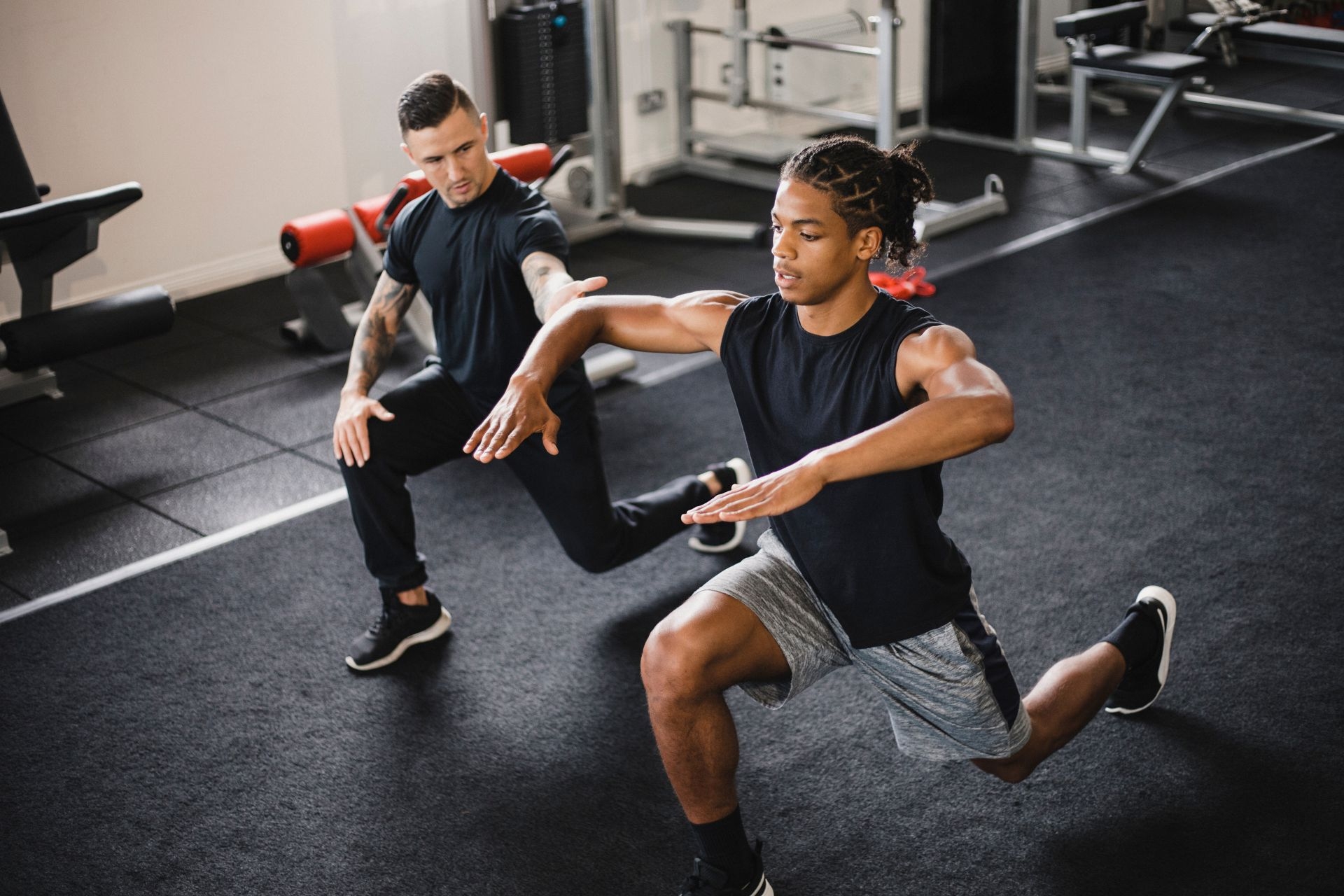Intra-Set Stretching
How does intra-set stretching impact muscle flexibility during resistance training?
Intra-set stretching, which involves stretching the muscle group being worked during a resistance training set, can impact muscle flexibility by promoting increased range of motion and improved muscle elasticity. By incorporating stretching movements between sets of exercises, individuals may experience enhanced flexibility in the targeted muscles, allowing for better overall performance and reduced risk of injury during workouts.



